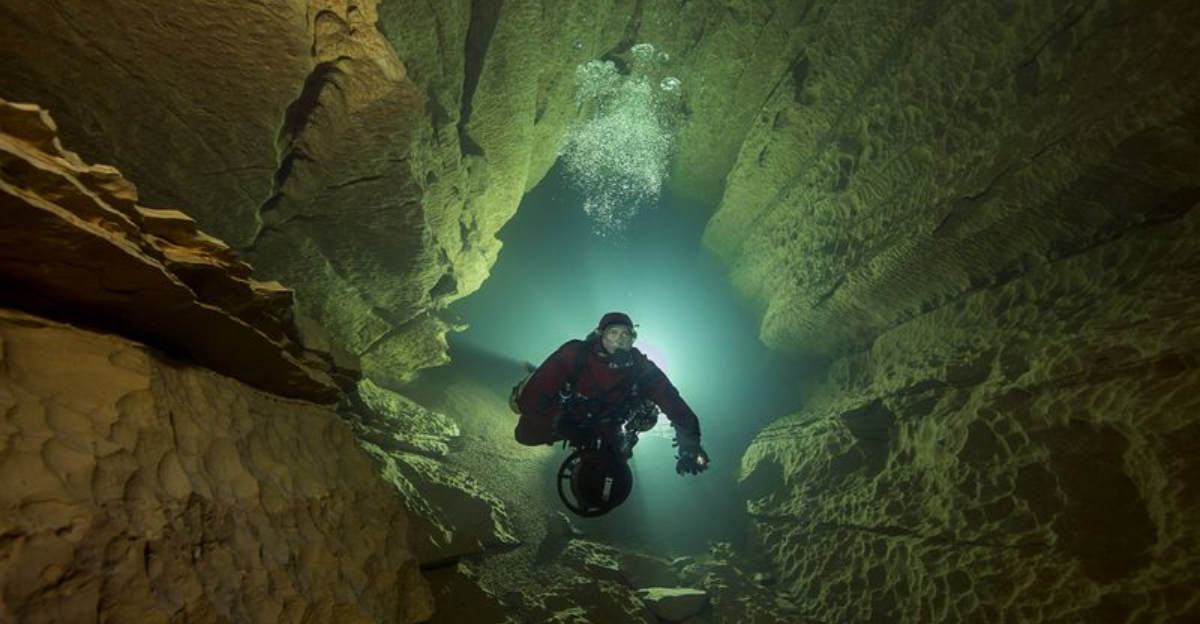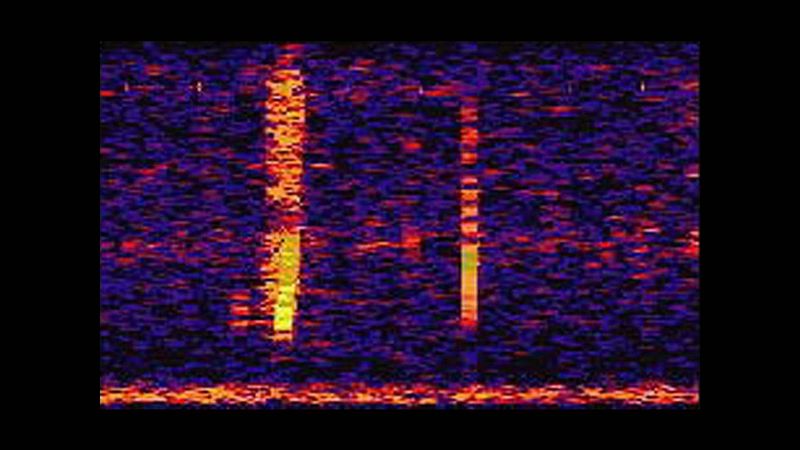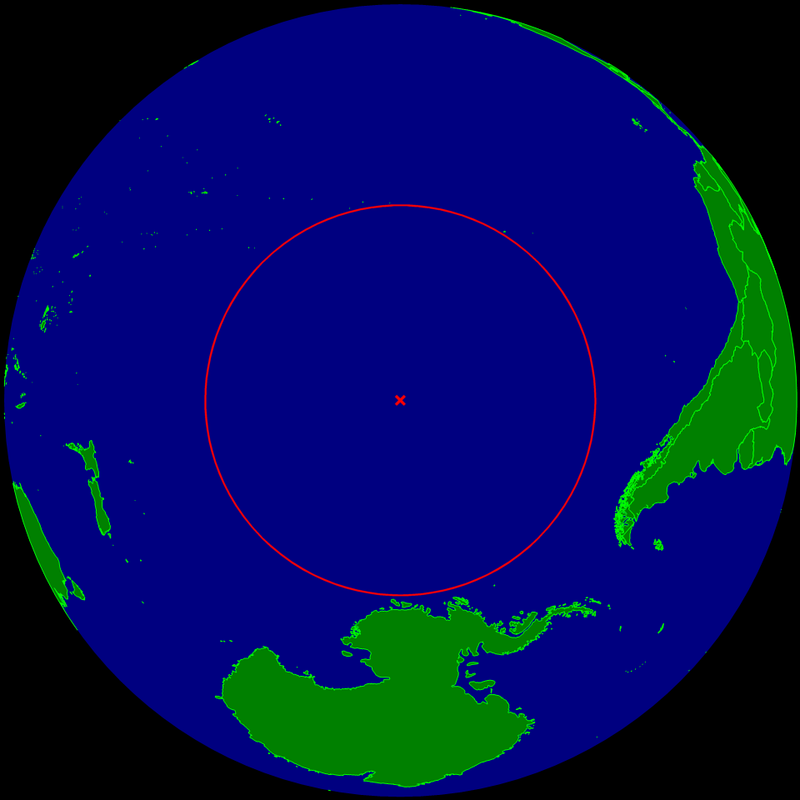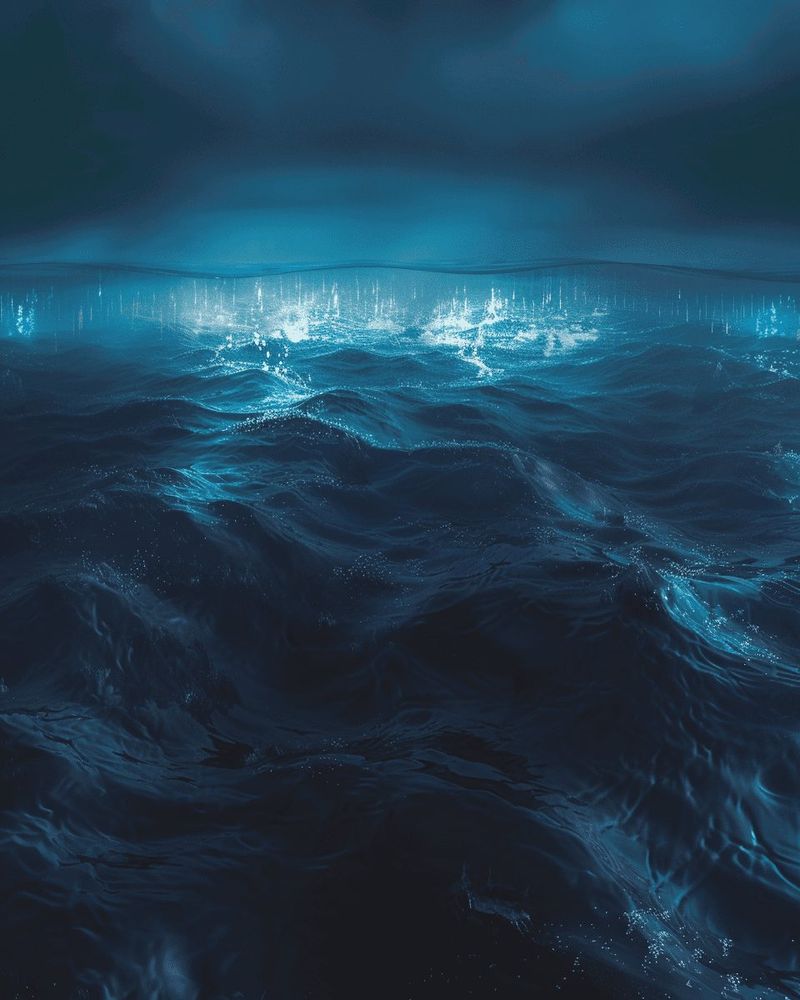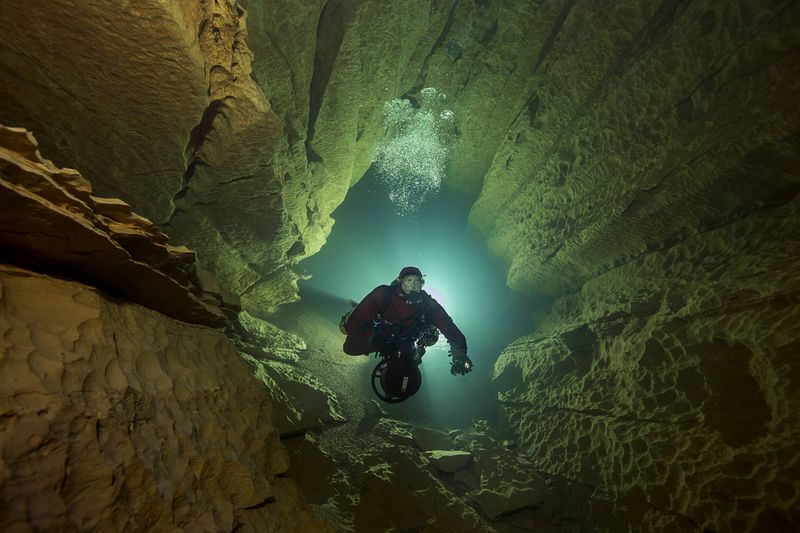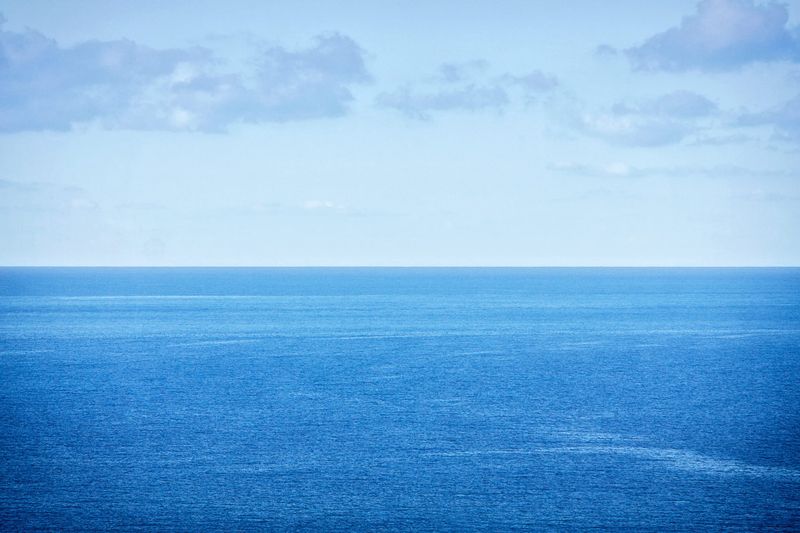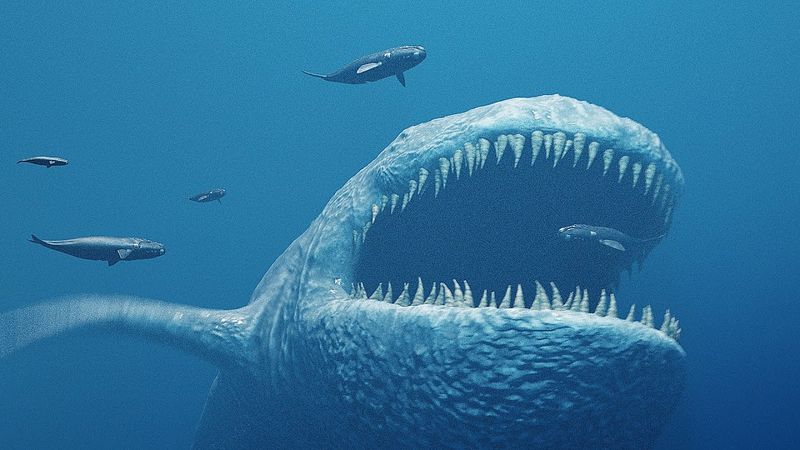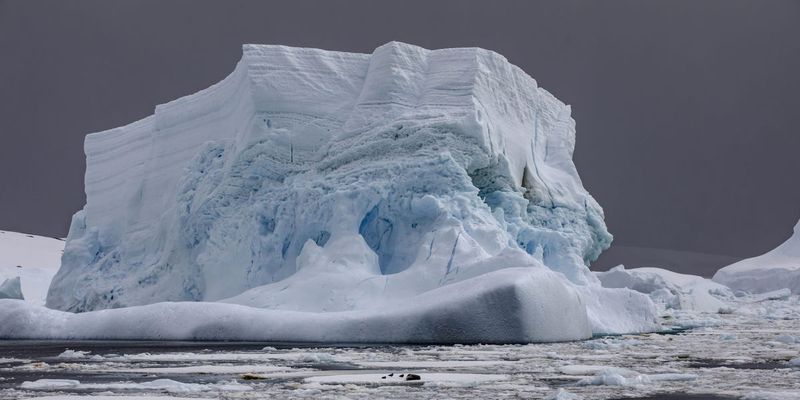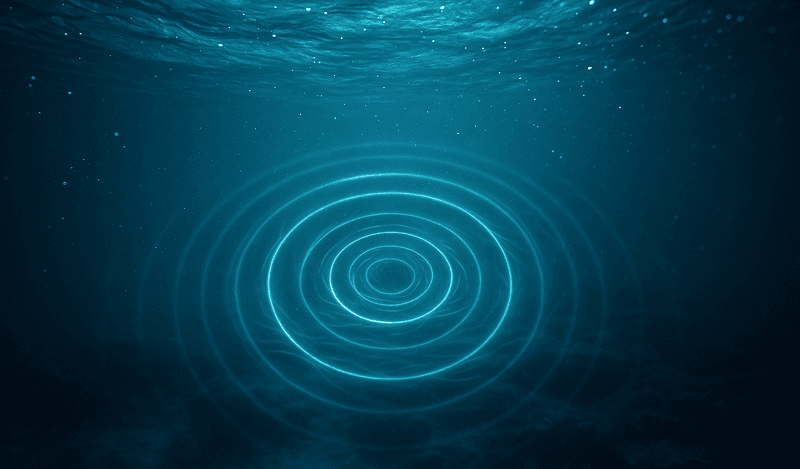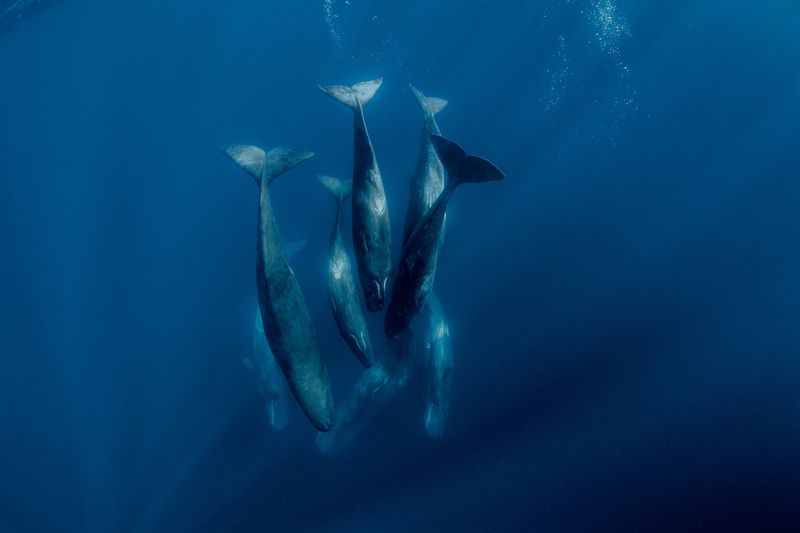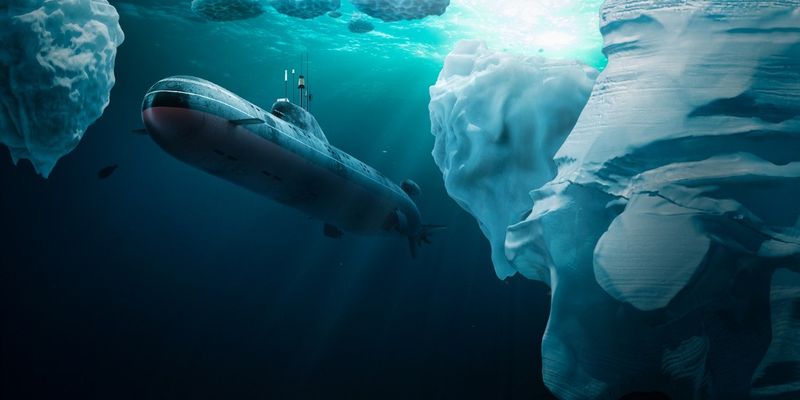In 1997, underwater microphones captured something extraordinary—an ultra-powerful sound that scientists named ‘The Bloop.’ This mysterious noise was so intense it was detected by sensors thousands of miles apart in the Pacific Ocean.
For years, this unexplained underwater phenomenon puzzled researchers and sparked wild theories about giant sea monsters lurking in the deep.
1. A Sound Heard Around the World
Imagine a sound so powerful it travels across an entire ocean. The Bloop wasn’t just loud—it was detected by multiple underwater listening stations positioned over 5,000 kilometers apart!
Scientists at NOAA (National Oceanic and Atmospheric Administration) were stunned by its intensity. For comparison, even the call of the mighty blue whale—previously considered the loudest animal on Earth—couldn’t compare to the Bloop’s thunderous roar.
What made this discovery particularly baffling was that natural sounds rarely propagate with such strength through water, which immediately raised questions about what massive source could generate such acoustic power.
2. Point Nemo: The Middle of Nowhere
The Bloop originated from one of Earth’s most remote locations—near Point Nemo in the South Pacific. This spot is so isolated it’s known as the oceanic pole of inaccessibility, the farthest place from any landmass on the planet.
When scientists triangulated the sound’s origin to coordinates near 50°S 100°W, they realized it came from an area rarely visited by humans. The nearest land was over 1,600 miles away!
This extreme isolation only added to the mystery. What could possibly exist in such a remote, inhospitable part of our planet capable of creating Earth’s loudest underwater sound?
3. Not Your Typical Man-Made Noise
Unlike mechanical sounds from submarines or ships, the Bloop had a distinctly organic quality. Audio engineers noted its unusual rising frequency pattern that lasted nearly a minute—something typically associated with biological sources.
When NOAA scientists first analyzed the recordings, they were struck by how the sound signature resembled those made by marine mammals, just at a vastly larger scale. The Bloop lacked the rhythmic patterns of sonar or the explosive characteristics of underwater detonations.
This natural-sounding aspect fueled speculation about unknown megafauna hiding in the ocean depths, creatures far larger than anything science had documented.
4. From Sea Monsters to Cthulhu
The Bloop sparked a wildfire of theories ranging from scientific to supernatural. Marine biologists speculated about undiscovered giant squid species, while geologists proposed underwater volcanic vents or methane eruptions.
Fiction fans noticed something even more chilling—the sound originated near the fictional location of R’lyeh, the sunken city where H.P. Lovecraft’s cosmic entity Cthulhu supposedly sleeps. This coincidence sent imaginations into overdrive!
Online forums buzzed with discussions about colossal sea creatures awakening from ancient slumber. Even some scientists admitted the ocean’s depths remain so unexplored that ruling out biological sources entirely would be premature.
5. The Internet’s Favorite Ocean Mystery
Few scientific anomalies have captured online attention like the Bloop. Reddit threads with thousands of comments debated its origin, while YouTube explainers racked up millions of views. The mystery even featured in television documentaries about ocean unknowns.
The Bloop became shorthand for the idea that our oceans might harbor secrets beyond our wildest imagination. Memes, artwork, and short stories flourished across the internet, each offering creative interpretations of what could have created such a powerful sound.
This cultural phenomenon highlighted how deeply humanity’s fear and fascination with the unknown ocean connects to our collective psyche.
6. Too Loud for Known Marine Life
Blue whales produce sounds reaching 188 decibels—loud enough to be heard hundreds of miles away. Yet the Bloop dwarfed even these massive mammals’ vocalizations in both volume and range.
Marine biologists calculated that to create a sound detectable across thousands of kilometers would require an organism several times larger than the blue whale—which at 100 feet already represents the size limit that physics theoretically allows for marine vertebrates.
The volume problem created a scientific paradox: the sound seemed biological in nature but physically impossible for any known animal to produce, forcing researchers to look beyond biological explanations.
7. Mystery Solved: The Ice Theory
After years of speculation, NOAA scientists proposed a definitive explanation in 2005—the Bloop was likely an icequake. When massive ice shelves in Antarctica fracture and break apart, they release tremendous energy that travels through water.
Researchers compared recordings of ice calving events with the Bloop and found remarkably similar acoustic signatures. The timing also coincided with a period of accelerated ice shelf collapse in the Antarctic region.
Though less exciting than sea monsters, this explanation actually revealed something equally concerning—the increasing frequency of such sounds potentially indicated climate change was affecting polar ice more dramatically than previously recognized.
8. Scientific Debate Continues
Not all researchers fully accept the icequake explanation. Some marine acoustics specialists point to inconsistencies between typical ice events and the Bloop’s unique signature, particularly its frequency range and duration pattern.
Skeptics note that while ice events certainly create loud underwater sounds, the Bloop occurred in warmer summer months when major Antarctic ice collapses are less common. Others question whether sound from ice events could travel the distances observed without more significant degradation.
This ongoing scientific disagreement reflects how much remains unknown about deep ocean acoustics and highlights why some researchers continue investigating alternative explanations for this extraordinary phenomenon.
9. The Bloop’s Cultural Impact
Though scientifically explained, the Bloop permanently altered how we think about ocean mysteries. It inspired countless works of fiction, from novels like Max Brooks’ ‘Devolution’ to episodes of popular TV shows exploring deep-sea anomalies.
More importantly, this single sound sparked renewed interest in ocean exploration. Research funding for deep-sea projects increased as the public became fascinated with what else might be hiding in the 95% of our oceans that remain largely unexplored.
The Bloop serves as a perfect example of how scientific mysteries—even when eventually explained—can capture imagination and drive curiosity about our planet’s most inaccessible environments.
10. What Else Lurks in the Deep?
The Bloop reminds us that our oceans remain Earth’s final frontier. New species are discovered regularly—from the recently filmed giant squid to bizarre deep-sea creatures that seem alien in design.
Consider this: we’ve mapped less than 20% of our ocean floor in high resolution, leaving an area larger than Mars completely unknown. Scientists estimate over a million undiscovered species may exist in these unexplored depths.
While the Bloop may have been ice rather than monster, its legacy continues through advanced listening networks constantly monitoring our oceans. These systems regularly detect unexplained sounds, suggesting the next great ocean mystery may have already been recorded—we just haven’t recognized it yet.
